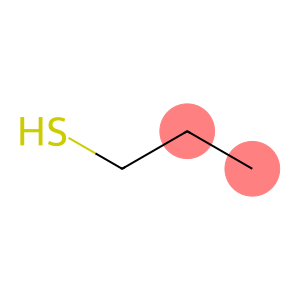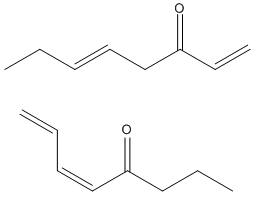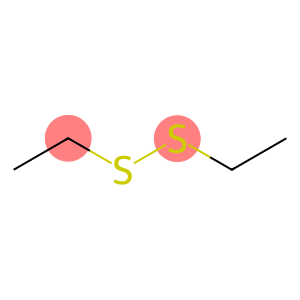1-Propanethiol(CAS#107-03-9)
| Risk Codes | R11 – Highly Flammable R22 – Harmful if swallowed R37/38 – Irritating to respiratory system and skin. R41 – Risk of serious damage to eyes R50 – Very Toxic to aquatic organisms R36/37/38 – Irritating to eyes, respiratory system and skin. R21/22 – Harmful in contact with skin and if swallowed. |
| Safety Description | S16 – Keep away from sources of ignition. S26 – In case of contact with eyes, rinse immediately with plenty of water and seek medical advice. S39 – Wear eye / face protection. S57 – Use appropriate container to avoid environmental contamination. S36/37/39 – Wear suitable protective clothing, gloves and eye/face protection. S29 – Do not empty into drains. |
| UN IDs | UN 2402 3/PG 2 |
| WGK Germany | 3 |
| RTECS | TZ7300000 |
| FLUKA BRAND F CODES | 13 |
| TSCA | Yes |
| HS Code | 29309070 |
| Hazard Class | 3 |
| Packing Group | II |
| Toxicity | LD50 orally in Rabbit: 1790 mg/kg |
Introduction
Quality:
- Appearance: Propyl mercaptan is a colorless liquid.
- Odor: Pungent and strong foul-smelling odor.
- Density: 0.841g/mLat 25°C(lit.)
- Boiling Point: 67-68°C(lit.)
- Solubility: Propanol is able to dissolve in water.
Use:
- Chemical synthesis: Propyl mercaptan is widely used in organic synthesis reactions, and can be used as a reducing agent, catalyst, solvent and synthesis intermediate.
Method:
- Industrial method: Propylene mercaptan is usually obtained by synthesizing hydropropyl alcohol. In this process, propanol reacts with sulfur in the presence of a catalyst to form propylene mercaptan.
- Laboratory method: Propanol can be synthesized in the laboratory, or propyl mercaptan can be prepared by the reaction of hydrogen sulfide and propylene.
Safety Information:
- Toxicity: Propyl mercaptan is somewhat toxic, and inhalation or exposure to propyl mercaptan may cause irritation, burns, and respiratory problems.
- Safe Handling: When using propyl mercaptan, always wear appropriate personal protective equipment such as gloves, goggles, and protective clothing and maintain a well-ventilated environment.
- Storage Caution: When storing propyl mercaptan, keep away from fire sources and oxidants, and keep the container tightly sealed and stored in a cool, dry place.








